 |
 |
 |
| |
Switch to Dolutegravir Noninferior to Continued PI in Older Group With Heart Risk
|
| |
| |
9th IAS Conference on HIV Science (IAS 2017), July 23-26, 2017, Paris
Mark Mascolini
People taking a suppressive ritonavir-boosted protease inhibitor (PI) regimen maintained viral control and cut lipid levels through 48 weeks in the NEAT 022 trial [1]. There were few virologic failures in either arm of this 415-person European study.
Through 48 weeks the randomized STRIIVING trial found that switching to the integrase inhibitor dolutegravir plus abacavir/lamivudine was virologically noninferior to maintaining a stable suppressive regimen [2]. NEAT 022 aimed to tighten the focus of that strategy by enrolling older people or those with a Framingham cardiovascular risk score above 10% while taking a suppressive ritonavir-boosted PI combination.
Study participants had a viral load below 50 copies for at least 6 months while taking a boosted PI plus two nucleosides. Everyone was 50 or older or had a Framingham score above 10%. No one had documented resistance mutations. The investigators randomized participants to maintain their PI regimen for 48 weeks or swap the PI for dolutegravir. After week 48 everyone continuing the trial takes the dolutegravir regimen.
The investigators randomized 415 participants to the dolutegravir switch or to PI maintenance for 48 weeks. Two thirds in each study arm used a tenofovir/emtricitabine backbone, while most of the rest used abacavir/lamivudine. Most participants in the dolutegravir and PI arms were older than 50 (87.3% and 87.6%); respective proportions with a Framingham score above 10% were 75.6% and 71.9%. About 89% of participants in each study arm were men, and 63% were men who have sex with men. Each group had an undetectable viral load for about 5 years. Proportions taking lipid-lowering therapy were 30.7% in the dolutegravir arm and 28.6% in the PI arm.
The intention-to-treat population (all randomized patients) included 205 people assigned to dolutegravir and 210 who stayed with a PI. At 48 weeks 93.1% in the dolutegravir group and 95.2% in the PI group met the study definition of treatment success--absence of two consecutive viral loads above 50 copies with no discontinuation for any reason. The between-arm difference was -2.1% (95% confidence interval [CI] -6.6 to 2.4), a result establishing the noninferiority of switching to dolutegravir.
Fourteen people (6.8%) stopped dolutegravir, including 4 (2%) for lack of efficacy and 7 for adverse events. Ten people (4.8%) stopped their PI, including 1 (0.5%) for lack of efficacy and 3 for adverse events. Among people with virologic failure, no resistance mutations could be detected.
In a per-protocol analysis (excluding people who did not meet eligibility criteria, withdrew consent, dropped out, or stopped study drugs for any reason besides virologic failure), 94.5% in the dolutegravir group and 97.5% in the PI group had treatment success at week 48 (difference -3.0, 95% CI -6.8 to 0.8).
At 48 weeks total cholesterol, non-HDL cholesterol, triglycerides, and LDL cholesterol all rose slightly in the PI group while falling in the dolutegravir group, and between-group differences were all statistically significant. The total-to-HDL ratio fell 7% in the dolutegravir arm and rose 0.4% in the PI arm (P < 0.001). Serious adverse event rates did not differ significantly between study arms at 48 weeks. There was a trend toward a higher antiretroviral-related adverse event rate with dolutegravir than with PI maintenance (12.8% versus 7.2%, P = 0.07). There were 15 episodes of mood, sleep, or central nervous system disorders in the dolutegravir group and 6 in the PI group.
References
1. Gatell JM, Assoumou L, Moyle G, et al. Switching from a boosted protease inhibitor (PI/r) based regimen to a dolutegravir regimen in virologically suppressed patients with high cardiovascular risk or age ≥50 years is non-inferior and decreases lipids. 9th IAS Conference on HIV Science (IAS 2017), July 23-26, 2017, Paris. Abstract TUAB0102.
2. Trottier B, Lake JE, Logue K, et al. Dolutegravir/abacavir/lamivudine versus current ART in virally suppressed patients (STRIIVING): a 48-week, randomized, non-inferiority, open-label, phase IIIb study. Antivir Ther. 2017 Apr 12. doi 10.3851/IMP3166. Epub ahead of print. http://www.natap.org/2016/IAC/IAC_59.htm
from Jules: heart disease is one of the major, if not the major concerns among comorbidities & survival in HIV. Stroke rates are 50% higher among HIV+. HIV causes inflammation that increases risk for CVD regardless if viral load is undetectable and CD4 is high. An ongoing study REPREVE looking at statins in HIV+ is studying if statins in HIV will reduce CVD risk. Unfortunately HIV research has not been able to find systemic anti-inflammatories to fight the inflammation HIV+ individuals experience. However Canakinumab linked to below was found by Novartis recently to have an anti-inflammatory affect in CVD in HIV-uninfected, and HIV researchers will consider this. As well, HIV researchers are designing a second study to look at PCSK9 inhibitor Repatha after the pilot study was reported with positive results at CROI 2017. More than is realized among HIV+ cannot tolerate statins, liver disease is more significant in HIV than many appreciate, including fatty liver and inflammation in the liver from ARTs, HIV, and fatty liver or NASH. There are 2 new CVD treatments: PCSK9 inhibitors were FDA approved around 1 year ago and Canakinumab is the first anti-inflammatory CVD treatments with new results just out recently & it has been studied in HIV. Just within the past 2 weeks a new publication reported Reyataz reduced MI risk by 54% and reduced stroke risk by 36% compared non-Reyataz regimens: "In this population of primarily older males, ATV-containing regimens were associated with an adjusted 54% reduced risk of MI and 36% reduced risk of stroke compared with non-ATV-containing regimens. This significant reduction in MI and stroke risk in the primary analysis was consistently observed across all comparisons between regimens containing ATV and other PIs, NNRTIs, or INSTIs."
- 2 New HIV CVD/Heart Disease Drugs: PCSK9 inhibitor & 1st CVD Anti-Inflammatory Canakinumab - (07/10/17)
- 1st CVD Anti-Inflammatory - Novartis Phase III study shows ACZ885 (canakinumab) reduces cardiovascular risk in people who survived a - heart attack - (06/26/17)
- PCSK9 monoclonal antibodies reverse the pro-inflammatory profile of monocytes in familial hypercholesterolaemia - (07/19/17)
- Reyataz Reduced CVD Risk Compared with other ART Regimens - Cardiovascular outcomes among HIV-infected veterans receiving atazanavir: a US national historical cohort study - (07/21/17)
---------------------




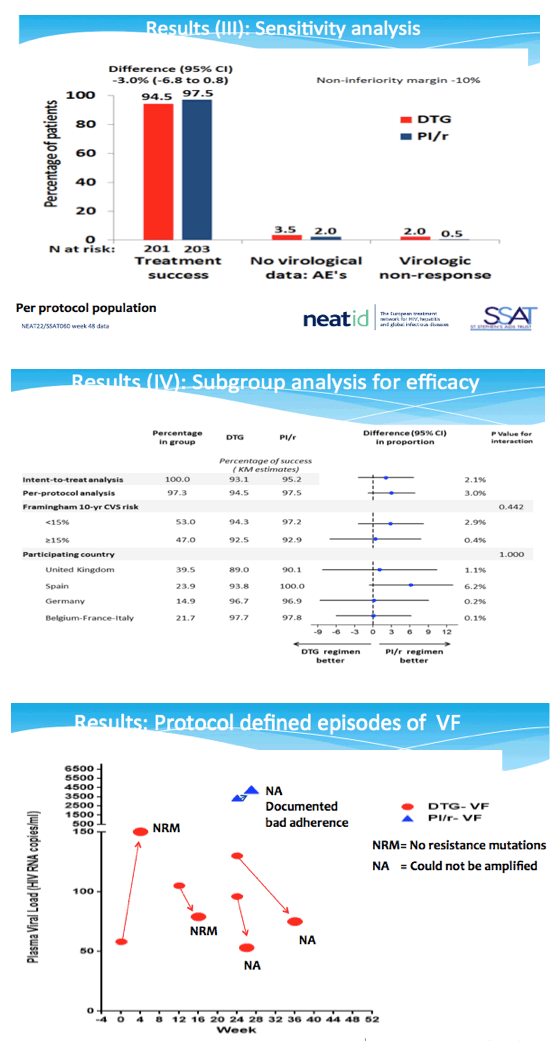
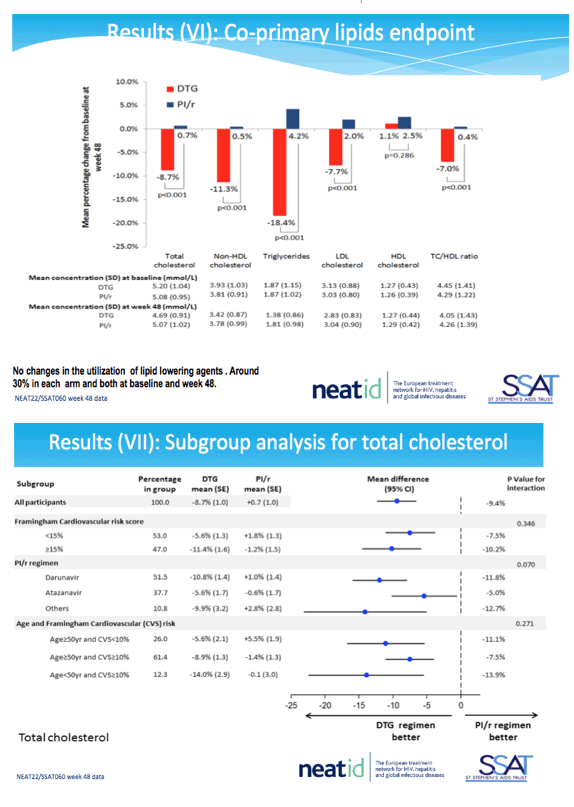
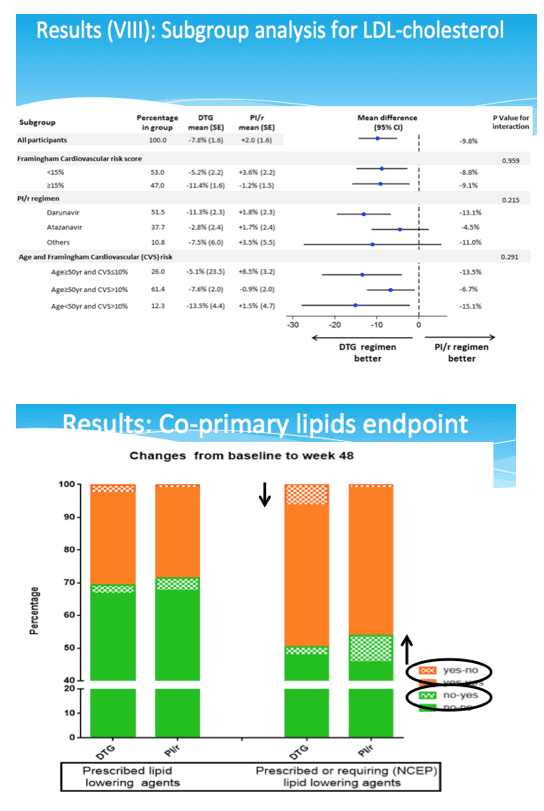
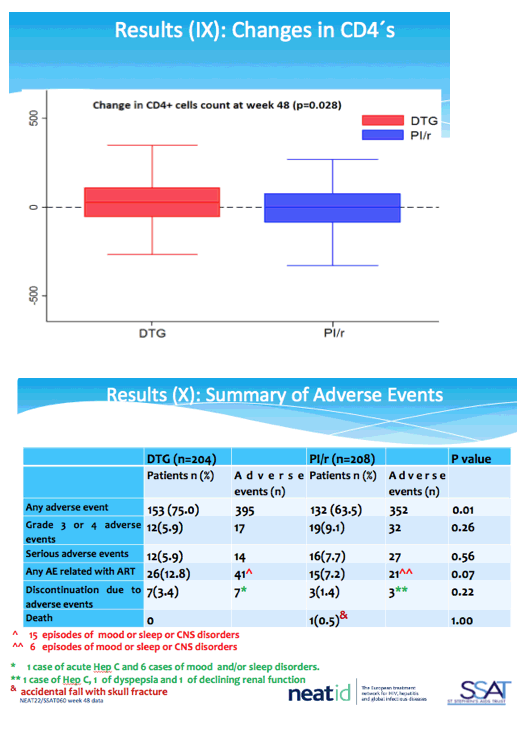
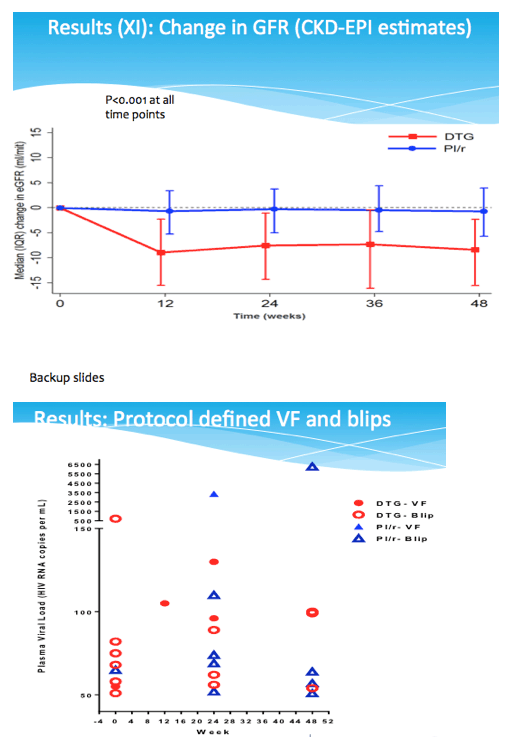
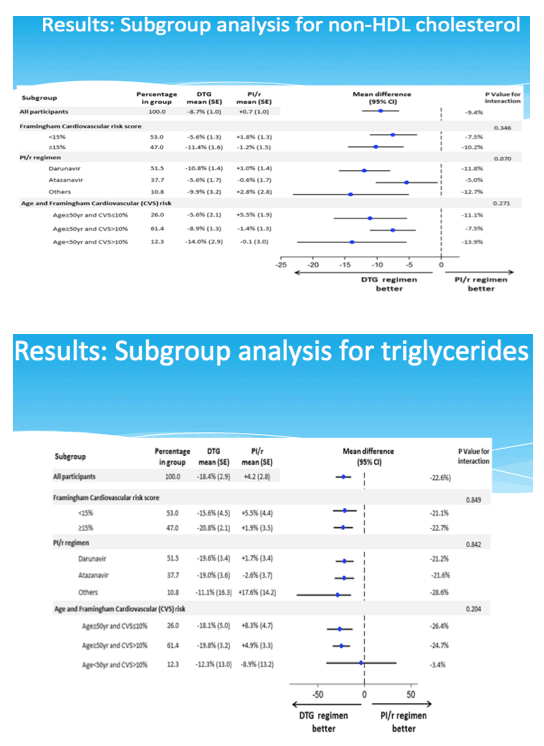
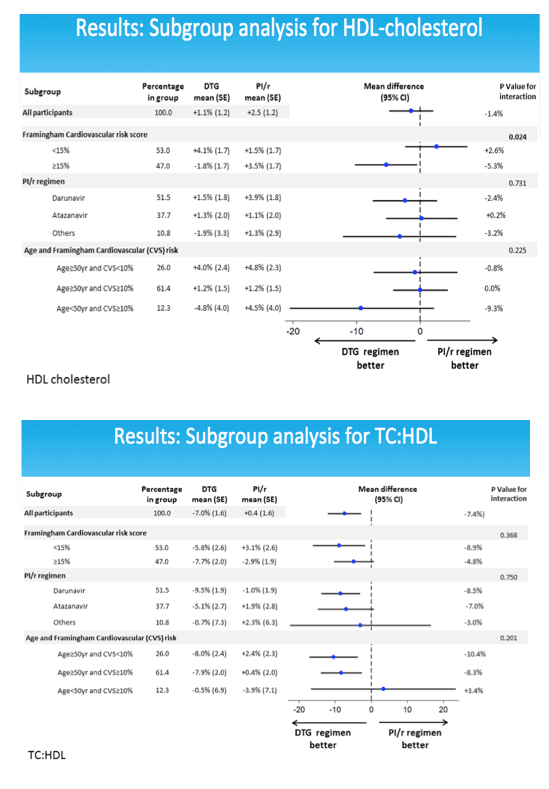
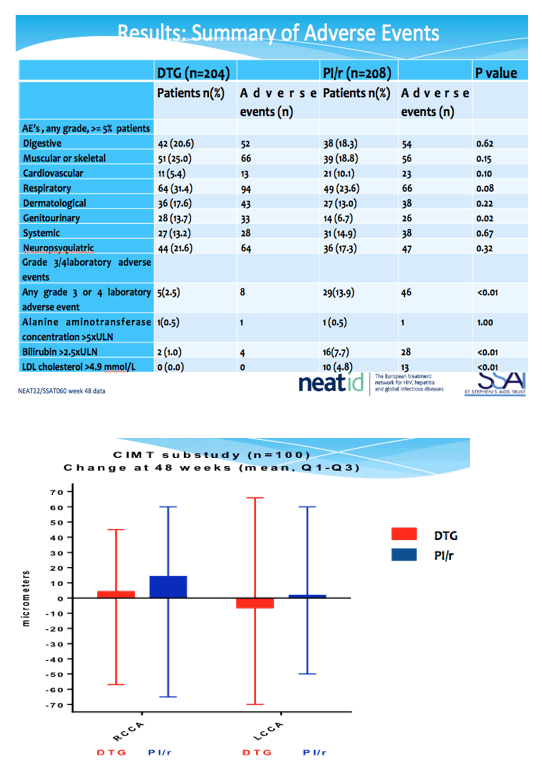
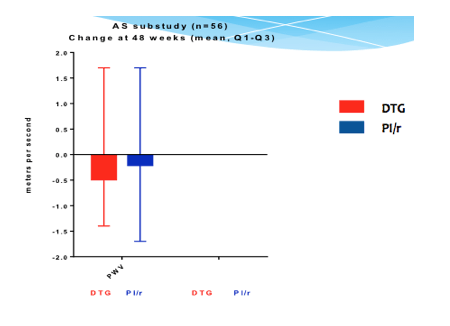
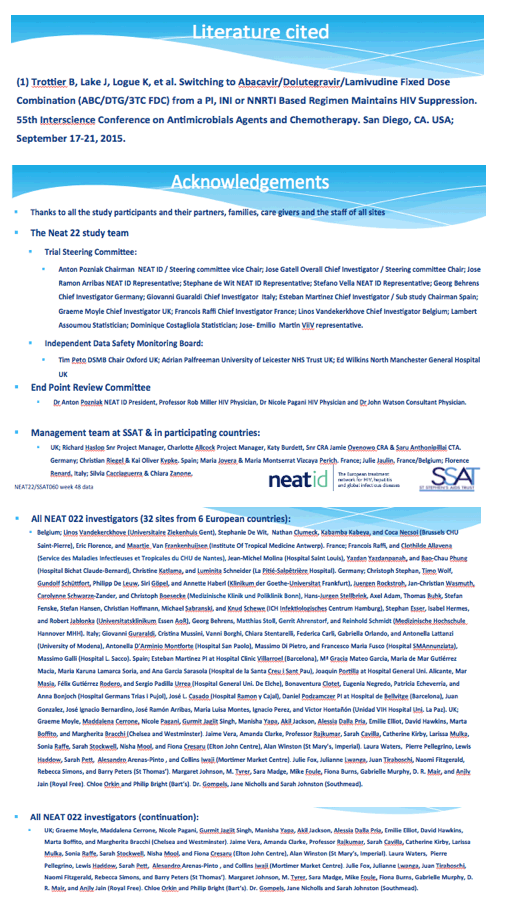
|
| |
|
 |
 |
|
|